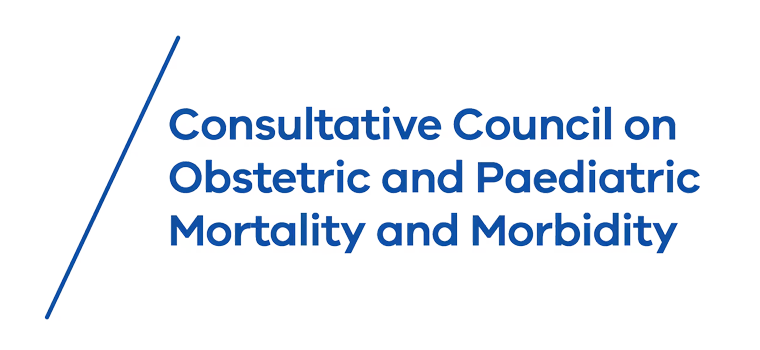Aim
The aim of this recommendation is to provide guidance on the optimal timing of birth for women with uncomplicated twin pregnancies
Background
In 2023, 1053 women gave birth to twins in the state of Victoria, representing 1.4% of all women giving birth (Australian Bureau of Statistics 2023). Twin pregnancies are associated with increased rates of perinatal complications including fetal growth restriction and stillbirth.
Timing of birth should be a shared decision made with the woman, with consideration of their individual circumstances and preferences and the prospective risks of stillbirth beyond 36 weeks gestation (see Table 1). The risk of planned earlier birth to prevent stillbirth in uncomplicated twins needs to be balanced by the risk of neonatal death at that gestation.
A systematic review and meta-analysis found that expectant management of uncomplicated DCDA twin pregnancies until 38+0 to 38+6 weeks poses a risk of an additional 8.8 perinatal deaths per 1000 pregnancies compared to delivery at 37+0 weeks (Cheong-See 2016). A Cochrane review by Dodd et al. (2014) concluded that planned birth at 37 weeks for uncomplicated DCDA twins does not appear to increase risks of harm compared to expectant management (Dodd et al. 2014). Therefore, the balance of risks of stillbirth and neonatal death supports offering timed birth at 37+0 to 37+6 weeks gestation for uncomplicated DCDA twins (Cheong-See 2016; Dodd et al. 2014;Muglu et al. 2019).
Uncomplicated MCDA twins are at higher risk of stillbirth and adverse neonatal outcome than DCDA twins. The balance of risks of stillbirth and neonatal death supports offering timed birth at 36+0 to 36+6 weeks gestation for uncomplicated MCDA twins (Cheong-See 2016; NICE 2024; RANZCOG 2021).
Table 1. Risk of stillbirth by gestational age, plurality and chorionicity (2,4)
Type of pregnancy | Stillbirth risk per 1000 pregnancies | ||
|---|---|---|---|
| 36 weeks | 37 weeks | 38 weeks |
Singleton | - | 0.4 | 0.4 |
DCDA twins | 1.5 | 3.4 | 10.6 |
MCDA twins | 4.5 | 9.6 | 7.6* |
*The actual risk of stillbirth at 38 weeks for MCDA twins has a wide confidence interval and may be higher than this point estimate due to the routine practice of earlier timed birth.
References
Births, Australia. Australian Bureau of Statistics. Births, Australia, 2023 | Australian Bureau of Statistics . Accessed on 13.6.2025
Cheong-See, F., Schuit, E., Arroyo-Manzano, D., Khalil, A., Barrett, J., Joseph, K.S., Asztalos, E., Hack, K., Lewi, L., Lim, A. and Liem, S., 2016. Prospective risk of stillbirth and neonatal complications in twin pregnancies: systematic review and meta-analysis. bmj, 354.
Dodd, J.M., Deussen, A.R., Grivell, R.M., Crowther, C.A. and Cochrane Pregnancy and Childbirth Group, 1996. Elective birth at 37 weeks’ gestation for women with an uncomplicated twin pregnancy. Cochrane Database of Systematic Reviews, 2014(2). DOI: 10.1002/14651858.CD003582.
Muglu, J., Rather, H., Arroyo-Manzano, D., Bhattacharya, S., Balchin, I., Khalil, A., Thilaganathan, B., Khan, K.S., Zamora, J. and Thangaratinam, S., 2019. Risks of stillbirth and neonatal death with advancing gestation at term: a systematic review and meta-analysis of cohort studies of 15 million pregnancies. PLoS medicine, 16(7), p.e1002838.
NICE guideline 137: Twin and Triplet pregnancy. Published 4 Sept 2019, updated 9 April 2024. Recommendations | Twin and triplet pregnancy | Guidance | NICE
RANZCOG Best practice statement: Management of monochorionic twin pregnancy. 2021. Management of Monochorionic Twin Pregnancy.


